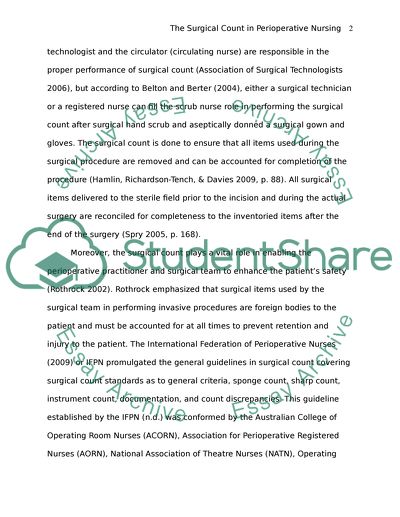Cite this document
(“The Surgical Count in Perioperative Nursing Research Paper”, n.d.)
Retrieved from https://studentshare.org/nursing/1427197-nursing-research-integration
Retrieved from https://studentshare.org/nursing/1427197-nursing-research-integration
(The Surgical Count in Perioperative Nursing Research Paper)
https://studentshare.org/nursing/1427197-nursing-research-integration.
https://studentshare.org/nursing/1427197-nursing-research-integration.
“The Surgical Count in Perioperative Nursing Research Paper”, n.d. https://studentshare.org/nursing/1427197-nursing-research-integration.


